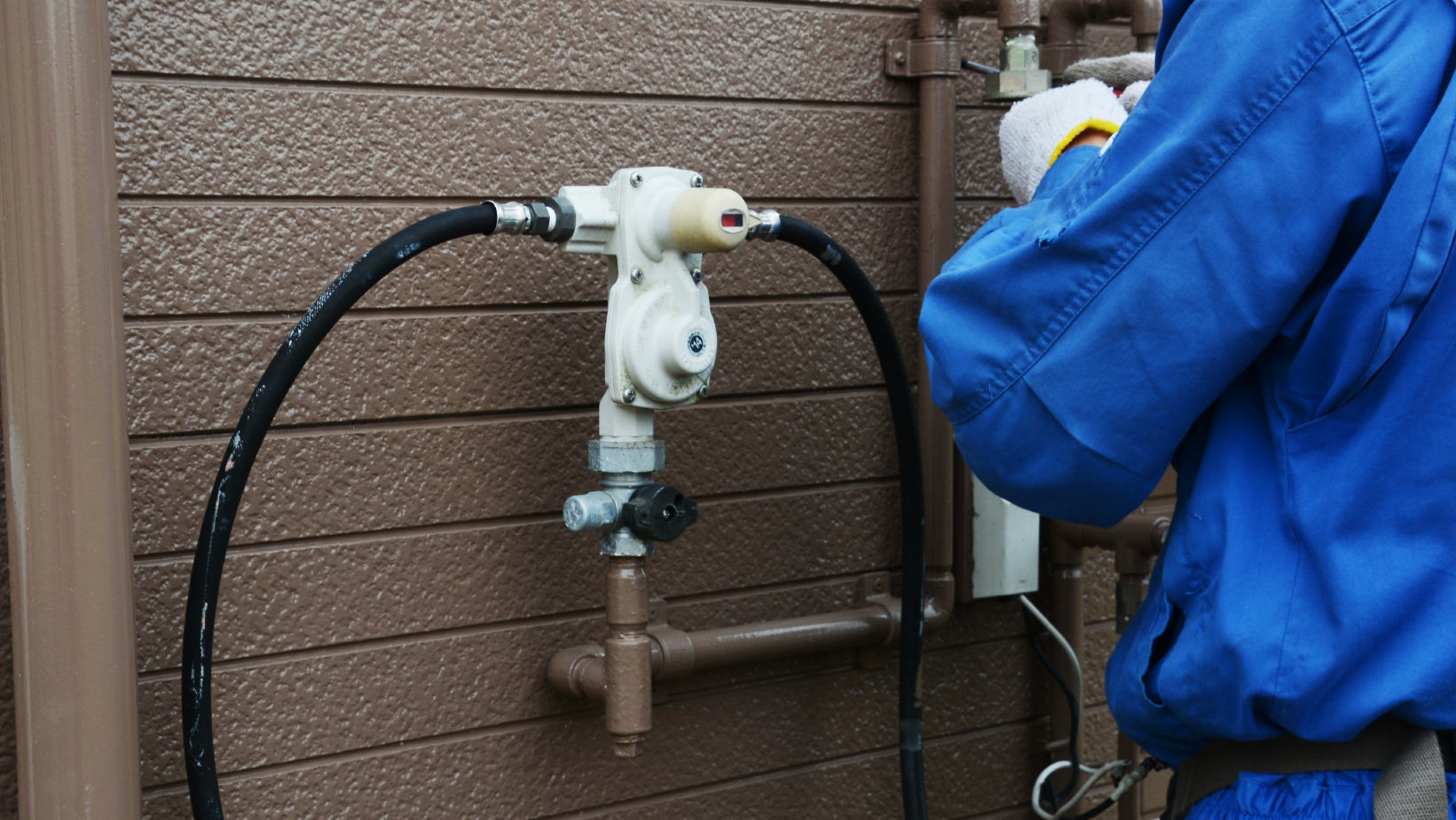When it comes to maintaining a reliable water supply for your home, your water pump plays a crucial role. Whether you rely on it for well water, boosting municipal water pressure, or ensuring your irrigation system runs smoothly, regular maintenance and protection are essential to keep your water pump working efficiently.
In this guide, we'll discuss how to protect your home water pump, provide a maintenance checklist, and highlight signs that indicate your water pump may need attention.
How to Protect Your Home Water Pump
Protecting your home water pump is the first step in ensuring it remains in good working condition for years to come. Here are some key tips to help safeguard your investment:
Install a Pump House or Cover
Exposure to the elements can take a toll on your water pump over time. Consider installing a dedicated pump house or a protective cover to shield it from rain, snow, and direct sunlight. This simple measure can significantly extend the life of your pump.
Adequate Drainage
Ensure proper drainage around the pump area to prevent water from pooling around it. Standing water can damage the pump and promote rust or corrosion. Proper drainage will also help prevent the pump from being submerged during heavy rains.
Protect Against Power Surges
Electrical surges can damage your water pump's motor and control systems. Install surge protectors or voltage stabilizers to safeguard your pump from power fluctuations and lightning strikes.
Insulation
In areas where freezing temperatures are common, insulate the pump and pipes to prevent freezing. Frozen pipes can lead to costly damage and water supply interruptions. Adding insulation can help maintain a consistent temperature and keep your pump running smoothly even during winter.
Water Pump Maintenance Checklist
Your pump needs regular maintenance to ensure that it will keep working for years to come.
Follow our step-by-step pump maintenance checklist to keep your pump up and running or determine if it needs a service:

-
Visual Inspection
Regularly inspect the pump, motor, and surrounding components for visible damage or signs of wear and tear. -
Check for Leaks
Examine all connections, pipes, and fittings for any leaks.
Inspect the pump housing and seals for signs of water seepage. -
Lubrication
Refer to the manufacturer's recommendations for lubrication schedules.
Apply lubricant to bearings, seals, and other moving parts as needed. -
Clean Intake Screens and Filters
Remove and clean or replace intake screens and filters regularly.
Ensure there is no debris or blockage in the intake. -
Electrical Components
Inspect wiring and electrical connections for signs of damage.
Test the pump motor and control systems to ensure proper functioning. -
Pressure and Flow
Monitor the water pressure and flow rate regularly to identify any irregularities. -
Maintain Records
Keep detailed records of maintenance activities, repairs, and replacement parts.
Signs That A Water Pump May Need Maintenance
Recognizing the signs of a water pump in need of maintenance can help you address issues before they become more serious and costly. Look out for these common warning signals:

-
Reduced Water Pressure
If you notice a drop in water pressure throughout your home or in specific areas, it may indicate a problem with your water pump. -
Frequent Cycling
A water pump that frequently turns on and off may be struggling to maintain pressure, signalling a potential issue. -
Strange Noises
Unusual noises like grinding, clicking, or humming coming from your water pump are often indicators of a problem. -
Water Discoloration
If your water becomes discoloured or contains particles, it could be due to issues with the pump or filtration system. -
Increased Energy Consumption
A sudden increase in your energy bills can be the result of a malfunctioning water pump.
Any of these signs occurring can indicate that your pump is due for a service or repairs by a professional.


